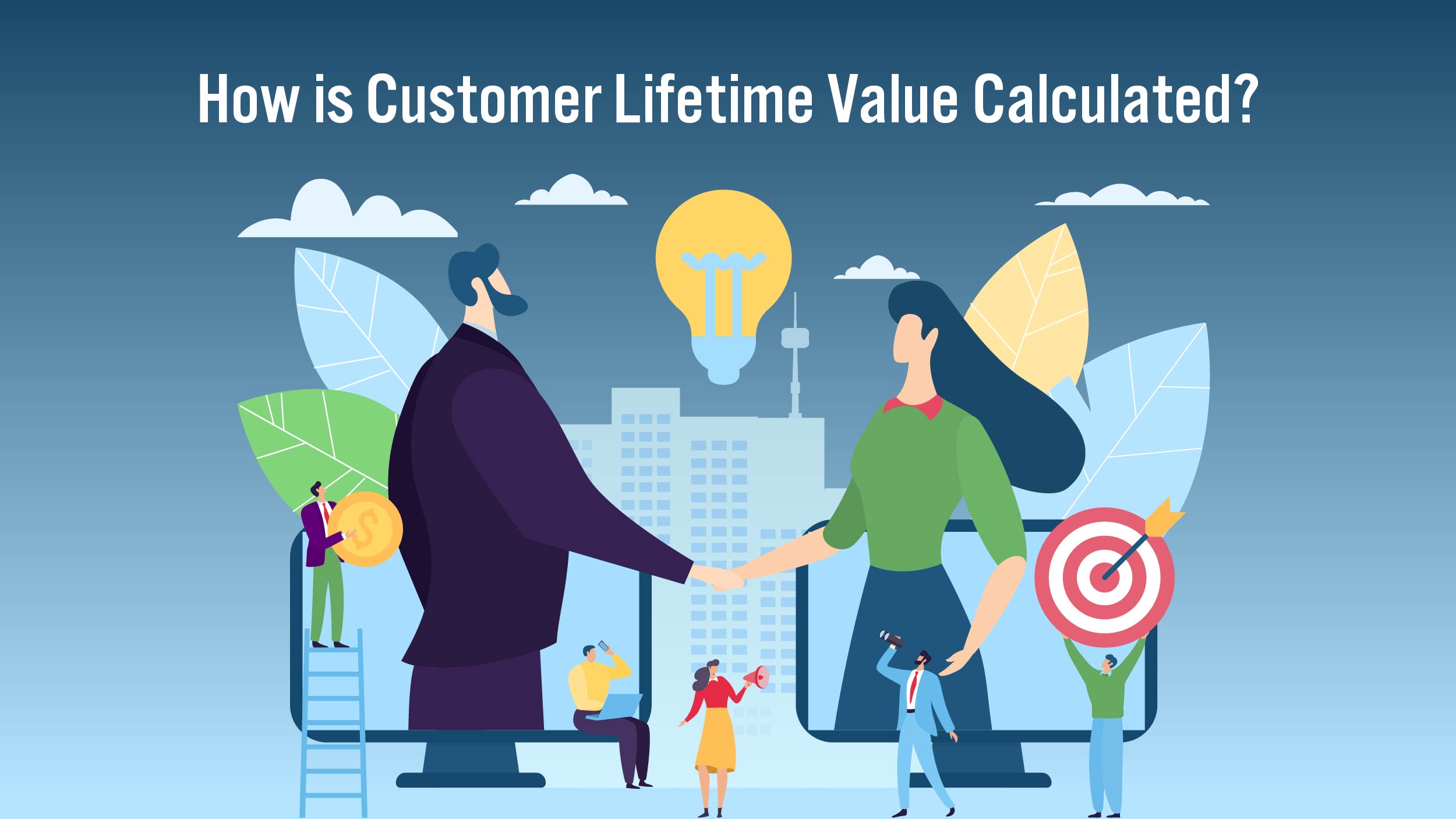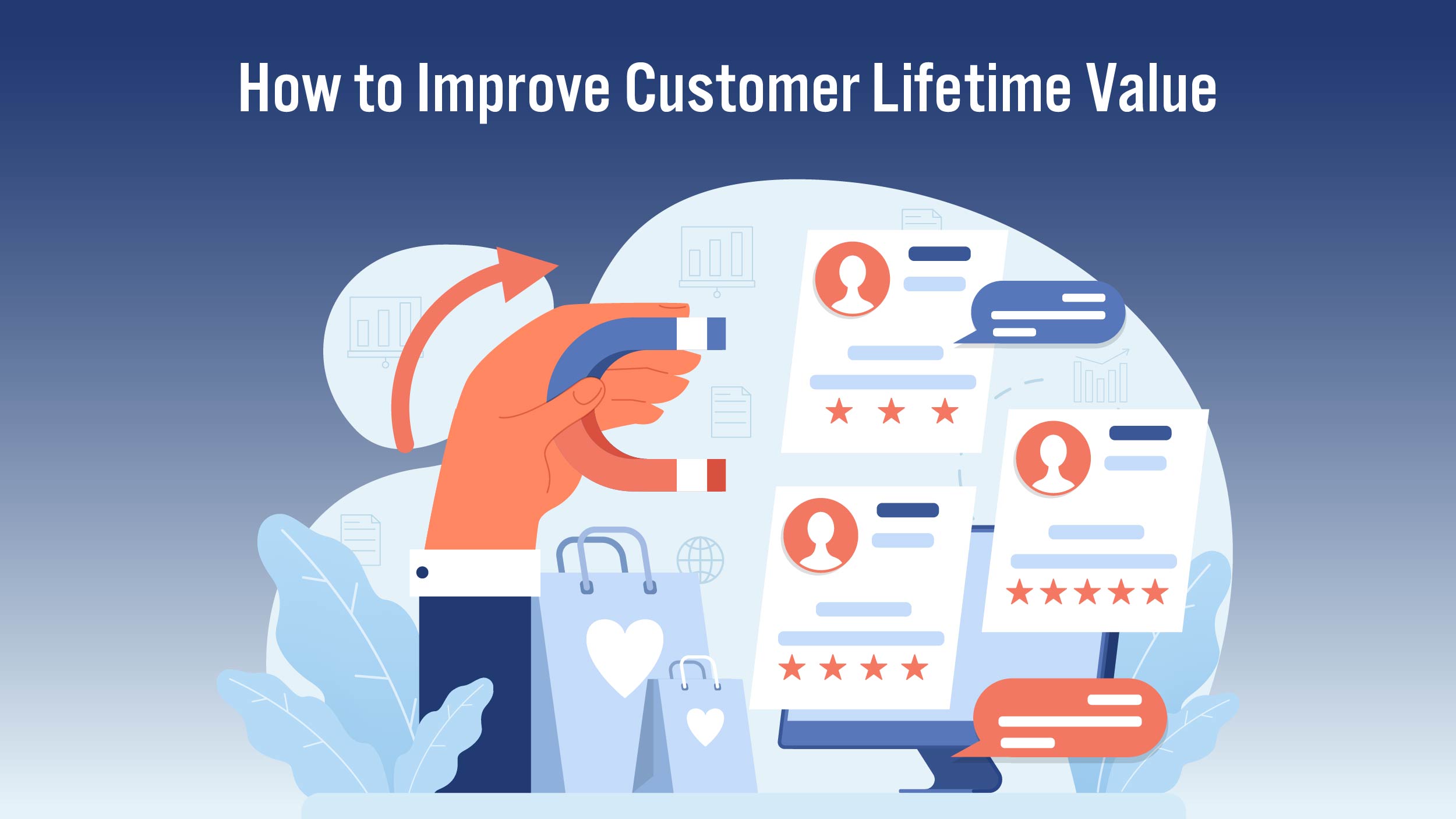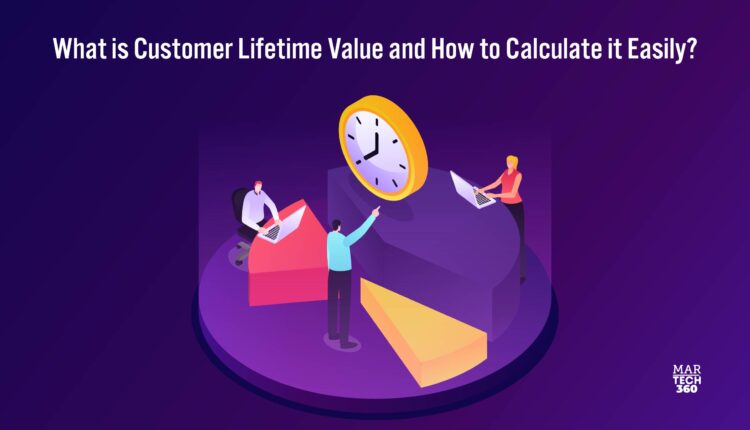In today’s fiercely competitive business landscape, companies are constantly grappling with the challenge of attracting and retaining customers. A pain point that many businesses face is the struggle to maximize the value they derive from each customer. Traditional marketing strategies often focus on short-term gains and immediate transactions, failing to recognize the immense potential of nurturing long-term relationships.
This is where the concept of customer lifetime value (CLV) comes into play. By harnessing the power of CLV, businesses can shift their perspective from transactional to relational, unlocking a treasure trove of opportunities. In this introduction, we will explore the pain point of customer value maximization and delve into how CLV serves as a solution that empowers businesses to thrive in the long run.
What is Customer Lifetime Value?
Customer lifetime value encompasses the total worth that a customer contributes to a business over the entirety of their engagement with the brand. Instead of solely focusing on transactional values, this metric considers all potential transactions during the customer-brand relationship and computes the exact revenue generated from that specific customer.
Customer lifetime value can be viewed in two distinct ways: historical, focusing on current customer expenditure, and predictive, forecasting potential future outlays. These unique metrics not only assist in tracing business accomplishments but also pave the way for enhanced customer relations.
How is Customer Lifetime Value Calculated?
 The customer lifetime value formula is straightforward:
The customer lifetime value formula is straightforward:
[Number of purchases x Value of purchase x Average customer lifespan]
When calculating CLV metrics, a key decision is whether to use revenue or profit for the value of the purchase. For instance, if a customer generates $2,000 in revenue after a $1,000 acquisition cost, the top-line CLV is $2,000, while the bottom-line CLV is $1,000 (revenue minus acquisition cost).
Top-line CLV is simpler to calculate, leveraging readily available revenue data. In contrast, the bottom-line approach, while more precise, considers acquisition and service costs, making it complex to deploy.
Tips for choosing the best CLV measurement approach:
- Use the bottom-line profit approach if direct costs significantly vary across customers, and the top-line revenue approach if cost differences are minimal.
- Start with the top-line approach if individual cost data is unavailable, transitioning to the bottom line as cost assignment improves.
- For bottom-line CLV, simplify acquisition and service cost calculation by focusing on direct expenses like discounts and service calls.
Customer Retention Value Vs Customer Lifetime Value
Customer retention value (CRV) and customer lifetime value (CLV) signify two vital benchmarks used for gauging and dissecting customer relationships, focusing on fostering customer loyalty and driving profitability.
Customer retention value (CRV) centers precisely on the value obtained from maintaining current customers over a specified period. It evaluates the revenue or profit produced exclusively by those customers who continue to interact with the business without considering any income generated from new customer acquisitions during that time.
CLV acts as a fundamental measure of the comprehensive value delivered by a consumer to a business throughout their relationship with the entity. It encompasses not merely the recurring revenue or profits achieved from successive purchases but also takes into consideration the expenditures tied to customer acquisition and service provision.
How to Improve Customer Lifetime Value
 Below are some of how you can improve CLV in marketing and sales decision-making.
Below are some of how you can improve CLV in marketing and sales decision-making.
- Ensuring a seamless return process for customers who have purchased items from your store is paramount. Introducing complexity or high expenses can significantly diminish customer satisfaction levels and decrease the likelihood of repeat purchases.
- Make personalized exceptions for your most esteemed clientele. Imagine this: if a valued customer is thinking about discontinuing their subscription, why not surprise them with an attractive incentive to encourage them to stay at a special discounted rate?
- Interview and interact with your most loyal customers to comprehend the reasons driving their ongoing selection of your brand.
- Set specific delivery timeframes with the intention to promise conservatively and overachieve.
- Create a loyalty system. Encourage recurring purchases with rewards that are accessible and appealing.
- Cultivate ongoing brand loyalty through the provision of complimentary items to valued returning customers, establishing enduring connections with your business.
- Utilize upsells to enhance the average value of a customer transaction, akin to McDonald’s offering additional items such as fries to complement the main purchase.
- Stay connected. Your loyal customers value your ongoing relationship. Make it effortless for them to reach out to you; maintain those communication channels open for them.
When you harness CLV to craft your business strategy, you will ultimately forge a more profitable and thriving enterprise. The crux is to allure and retain long-term patrons who will champion your brand and evolve into loyal, recurrent buyers.
Also Read: B2B Customer Experience: Everything You Need to Know in 2024
Why is the lifetime value of a customer important?
Lifetime valuation is critical for various reasons including:
Utilizing Customer Lifetime Value for Cost-Efficiency
Tracking CLV is crucial for cost-effective operations. Research indicates a staggering 222% rise in acquiring new customers over the past eight years, emphasizing the importance of retaining existing loyal clientele.
By prioritizing the enhancement of current CLV, businesses can foster growth without hefty expenditures on acquiring new customers. Identifying factors that foster customer loyalty enables the replication of successful strategies, driving increased value among existing customers.
Identifying and Addressing Attrition
It serves as a vital tool for identifying and mitigating attrition risks. A decline in CLV may signal potential attrition issues, such as customers failing to renew subscriptions. Implementing measures like loyalty programs and targeted marketing efforts can reignite customer interest, boosting CLV and revenue.
Identifying and Replicating Ideal Customers
Analyzing CLV helps identify high-value clientele, paving the way for strategic replication. Understanding the characteristics of top customers facilitates the creation of targeted marketing efforts and customer segments based on common traits like needs, income levels, or geographic location. There is a 25% gain in earnings for every 5% increase in client retention.
How is CLV Different from Other Metrics?
Customer lifetime value (CLV) differs from other customer metrics like Net Promoter Score (NPS) and Customer Satisfaction (CSAT) in its focus on revenue rather than loyalty or satisfaction.
While NPS and CSAT gauge customer loyalty and satisfaction, CLV provides a concrete understanding of the financial value loyal customers bring to a business. It’s based on actual revenue generated or predicted future revenue based on historical data.
Understanding CLV enables businesses to develop targeted strategies for customer acquisition and retention while maintaining profitability. Tracking CLV is essential for optimizing business performance and fostering long-term success.
End Note
Customer lifetime value doesn’t have to be complicated. Ultimately, avoiding intricate calculations is key; the real importance lies in understanding the value a consumer adds to their enduring relationship with you. By grasping the customer journey and evaluating feedback at critical touchpoints, you can begin enhancing the fundamental elements of a consumer’s long-term worth.


Comments are closed.